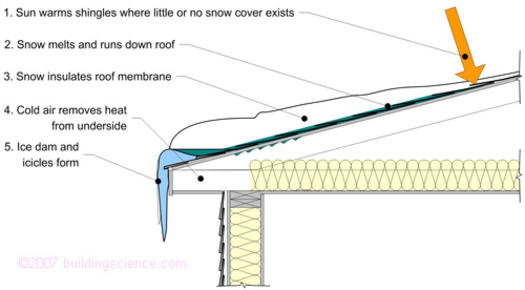For example if you used a 24 inch level and your measurement was 12 inches the pitch in your roof is 6 in 12.
Proper roof pitch for snow.
So in general the shallower pitch can be more dangerous with bigger slides.
If the design necessitates a roof slope that drains onto a traffic area snow retention devices should be provided to hold the snow in place.
A flat roof would have a 2 12 pitch while the average roof pitch would be between 4 12 and 9 12.
The primary reason roof pitch exists in the first place is to redirect water.
Any pitch higher than 9 12 is considered a steep pitch.
Pitch is a measure of the steepness of a roof.
The pitch of the roof is determined by the vertical rise in inches for every horizontal twelve inch length.
You can safely measure the roof pitch from inside your attic with a level that is either 18 or 24 inches a tape measure and a pencil.
With regards to the pitch the building standard code bs 5534 recommends a minimum pitch of 200 for slate roofs.
Divide the results by the number of 12 inch segments in your level.
Begin by measuring 12 inches on your level and marking it with a pencil.
The higher the roof pitch the more often the snow slides off.
It is an essential element to ensure water drains properly off of your roof.
But since there is still a wide variety of slate roofing systems there are occasions when the minimum pitch can go down to as low as 15 0 depending on the uniqueness of the roof.
The pitch of your roof also helps determine the type of materials that can be used on your roofing system.

